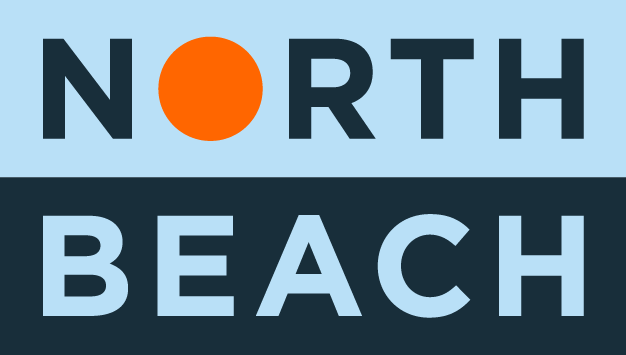Three Types of ‘Recurring Revenue’
Recurring revenue is a central tenant of our investment strategy, but not all recurring revenue is created equally. In order to truly understand the recurring nature of a company’s revenue stream, it is necessary to dive deeply into their business model, ask the right questions, and determine in each unique case if the revenue is truly recurring. Through the process of analyzing several hundred offering documents and their accompanying businesses, I have discovered three types of recurring revenue.
Before I get to the types, a realization of sorts. After entering the industry and beginning the process of searching for private companies to invest in, I was surprised how often business brokers and intermediaries published a quoted metric of recurring or repeat revenue. Intermediaries were clearly clued-in that buyers cared about and – more importantly - valued how much revenue was liable to come back every year. Of course, they made sure to spotlight it in their offering documents. Often, these quoted numbers are staggeringly high: 50%, 60%, 70%, even as high as 95% claimed recurring revenue rates. Impressive on the surface, but less after deeper analysis.
The first type of recurring revenue is what brokers and intermediaries usually are referring to when a business that sells a product is listed with a recurring revenue rate in the 90% range. Recurring revenue in this case simply means repeat sales. What percentage of sales in any given year was generated by customers that also existed in the prior year? This number has nothing to do with the company’s business model or its strength. It does not reveal the reliability of the company’s revenues or the probability that they will be at the same level next year. It merely sheds some light on their customer makeup and perhaps retention on a year-over-year basis. For many companies, a high number here could even be a bad thing. 100% would imply that the company didn’t have a single new customer in the prior year. Is that truly a desirable trait? We believe that this metric is more accurately characterized as the rate of repeat customers. It is not truly recurring revenue.
The second tier is revenue that is truly of a recurring nature, albeit its recurrence can easily cease with the changing of a habit or behavior. The vending machine business fits in here quite nicely. Often, individuals who use vending machines use them frequently (in some cases daily), and they tend to purchase the same product every day. It could be their morning granola bar, after-lunch sweets, or 3PM caffeine intake to get through the afternoon slump. This revenue is habitually recurring, and habits don’t break easily.
But they can break.
Perhaps it’s cheaper to keep some sweets in your desk, maybe a McGriddle is better than the granola bar, or sometimes a change needs to be made simply for the sake of change. Poof. The recurring revenue is gone. Not necessarily all of it. Maybe just a small part (especially if the business has low customer concentration, another key tenet of our strategy). But it is gone.
Now, please don’t mistake the paragraph above for the understanding that we have a negative view of habitually recurring revenue. We regularly look at and are interested in businesses with this characteristic, but it’s not the most desired form of recurring revenue.
The most-desired form of recurring revenue is revenue that is forced. It could be mandated by human or nature’s laws, but there is trouble lurking for anyone who breaks them. One example is municipal waste pickup services. One can’t simply let trash pile up in their house, and if they do, they can only do it for so long before the situation gets out of hand. Any homeowner or property owner needs to pay, and there’s no way around it. Revenue that is not only recurring but forced to recur, is of the highest value. Customers in this business are sticky with very low churn rates. When combined with a high level of customer integration and a very low price for the product or service, the business can win even in spite of bad management. The business could indeed be run by a ham sandwich.
While we are certainly interested in habitually recurring revenue, it is the forced recurring revenue that represents for us the highest attainable goal. If you own a business or know someone who owns a business with either category of recurring revenue, please reach out to us. We would love to have a conversation with them and learn from them and their experience about the power and stability of recurring revenue.
